responding to change
1/22
Earn XP
Description and Tags
EYE AND NOSE PLEASE DOPNT BE ONT HE TEST
Name | Mastery | Learn | Test | Matching | Spaced |
|---|
No study sessions yet.
23 Terms
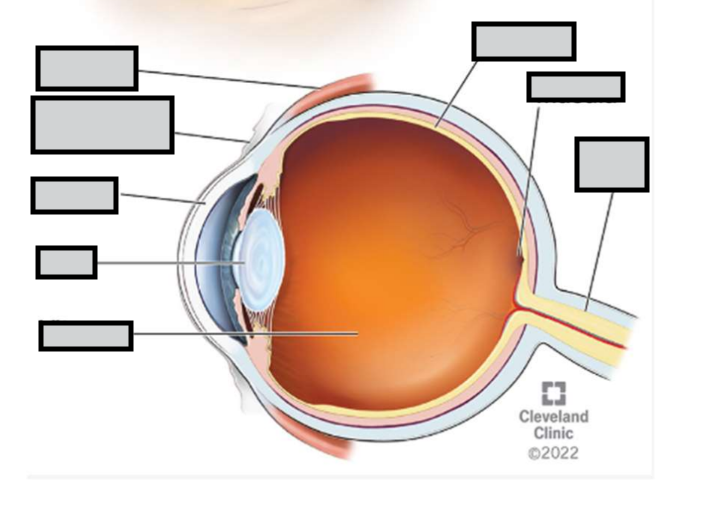
label eye
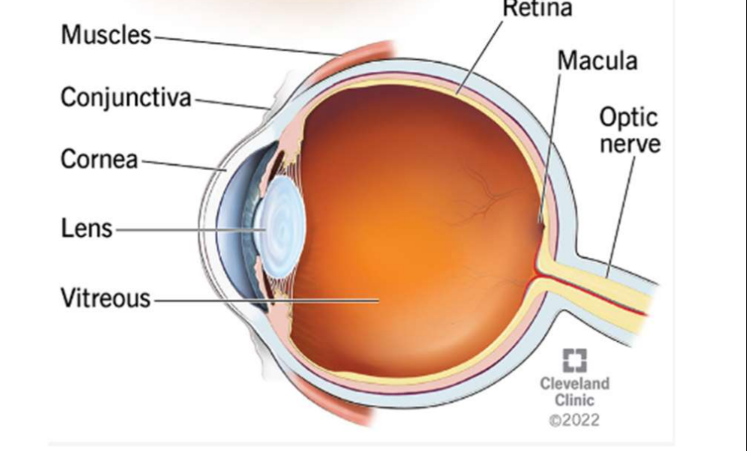
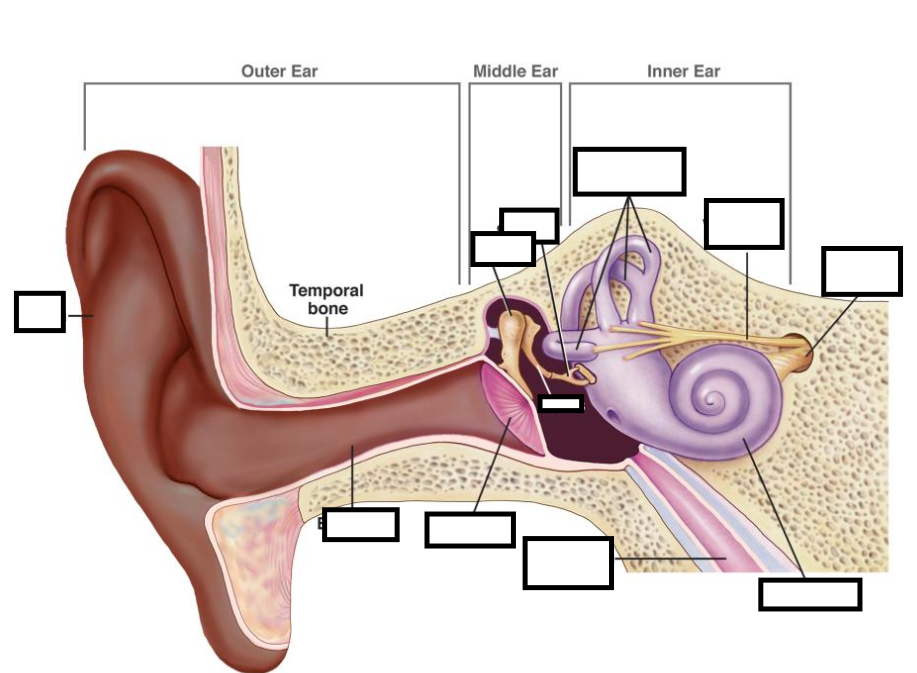
label ear
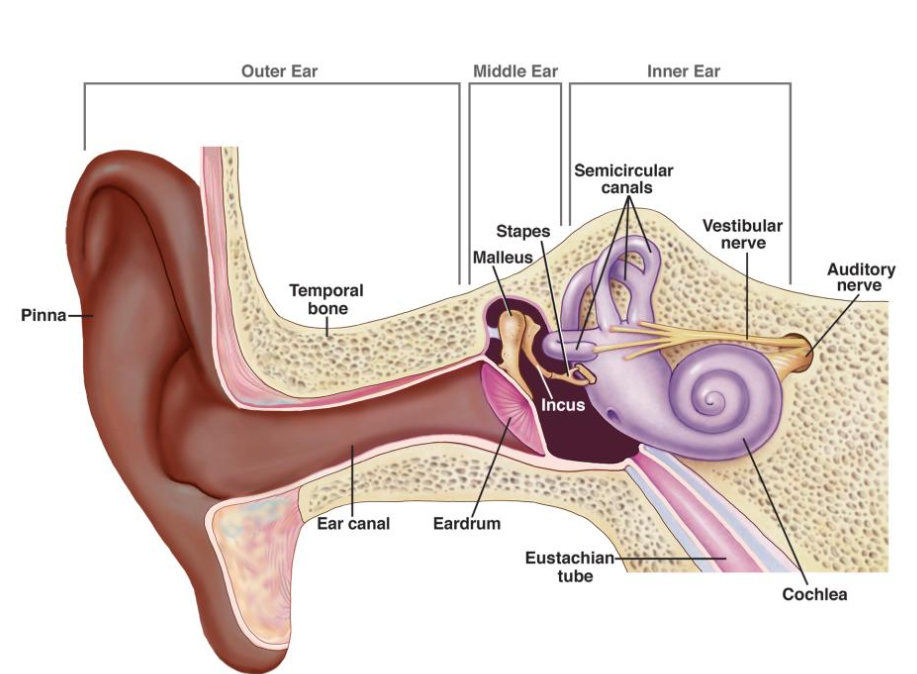
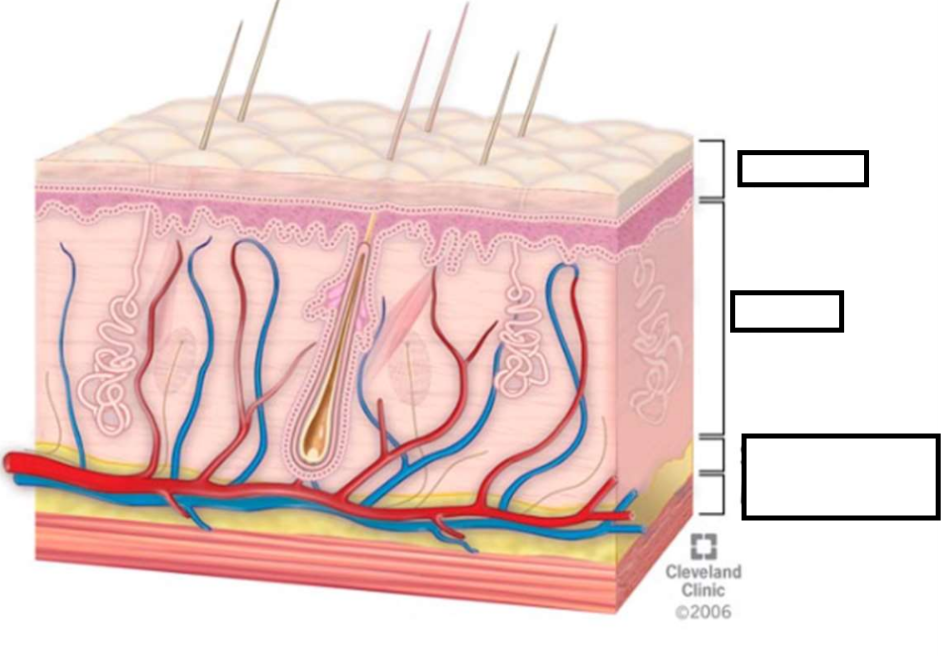
label skin
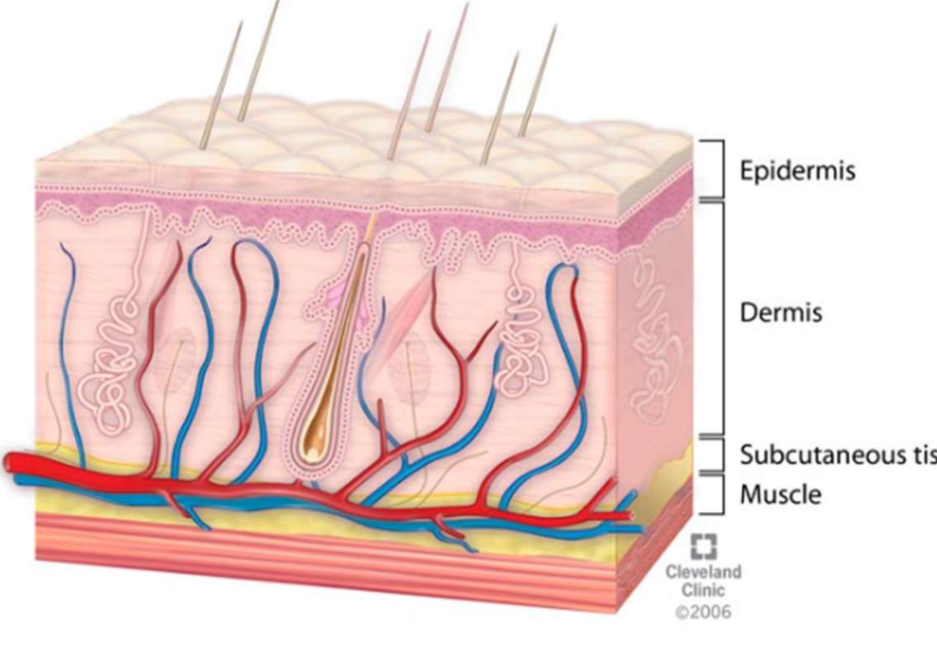
how do plants respond to stimuli (1 example)
through tropism (turning towards or away from stimulus), specifically phototropism towards light. the plant growth hormone AUXIN stimulates cells on dark side to grow longer, causing the plant to bend towards light. hydrotropism through growing towards water
Outline how our bodies respond to internal change (homeostasis)
Our bodies maintain homeostasis by responding to internal changes through a stimulus-response model involving receptors, control centers, and effectors.
The key steps include: Stimulus – A change in the internal environment (e.g., increase in body temperature, drop in blood glucose).
Receptor – Specialised cells detect the change (e.g., thermoreceptors in the skin detect heat). Control Center – The brain (hypothalamus) or endocrine system processes the information and determines a response.
Effector – Organs or tissues carry out the response (e.g., sweat glands produce sweat to cool the body).
Response – The body returns to a stable state (e.g., temperature decreases back to normal). Examples of Homeostatic Responses: Blood Sugar Control: If blood glucose is high, insulin is released to lower it; if it's low, glucagon signals the liver to release stored glucose. Water Balance: The kidneys adjust urine output based on hydration levels, conserving or excreting water as needed.
List the main roles of the following systems in maintaining a constant internal environment:
❏ Digestive (Nutrients)
❏ Circulatory (oxygen)
❏ Respiratory (oxygen and carbon dioxide)
❏ Excretory systems (water, waste)
Digestive - Nutrient absorption (breaks food into protein, carbohydrates, fat, vitamin and minerals) that occurs through absorption into bloodstream, ensuring proper energy and materials for metabolism, growth and repair
Circulatory - Transports oxygen and nutrients throughout the bloodstream as the heart pumps oxygenated blood from lungs to all body cells via red blood cells carrying oxygen via haemoglobin.
Respiratory - Maintains O2 and CO2 balance within body for energy production.
Excretory systems - Filtering waste and removing toxins from blood, regulating water and salt balance to prevent de/overhydration through Osmoregulation in kidneys.
kidneys also monitor concentration of electrolytes in blood, and if too high or low kidneys react by increasing or decreasing water respectively going into bladder. If dehydrated, body holds onto more water, which can cause blood pressure increase.
iris
contains muscle controlling size of pupil and is responsible for eye colour
pupil
black spot in eye that allows light to enter the eye
sclera
white part of eye that maintains the shape of the eye and protects it.
lens
focuses light and directs it to back of eye
vitreous humour
clear, jelly like fluid that fills eye at back and maintains shape of the eye
cornea
protective part, focuses the light that enters the eye
retina
thin layer of light sensitive cells at back of eye, converting light into electrical signals
macula
small area of retina responsible for centering visual field/focus and helps to see colour and fine details
optic nerve
connects retina to brain, like data cable, carries signals from eye to the brain
external muscles
controls eyes position, alignment, movement. it helps switch our focus between near and far objects.
outer ear
visible part consisting of cartilage and skin, funnel shaped canal leads to eardrum. it captures sound and directs to eardrum
middle ear
begins on other side of eardrum, houses three tiny bones (hammer or malleus, anvil or incus, stirrup or stapes) responsible for amplifying vibration. also houses eustachian tubes that help equalise air pressure in ears.
inner ear
cochlea converts sound into electrical signal via hair cells in ear. The semicircular canals are three tiny, fluid-filled tubes in the inner ear that help you keep your balance
skin
regulates body temp and protects against germs
epidermis
top layer, acting as protective barrier and prevents bacteria and germs entering body
contains melanin, giving skin colour
dermis
middly layer housing nerve receptors, oil and sweat glands and blood vessels to provide nutrients to skin inc epidermis
has collagen that makes skin cells strong and resilient, elastin which keeps flexibility
root of hair follicles in dermis
hypodermis
cushions muscles and bones
has connective tissue to connect skin to muscle and bone
regulates body temps